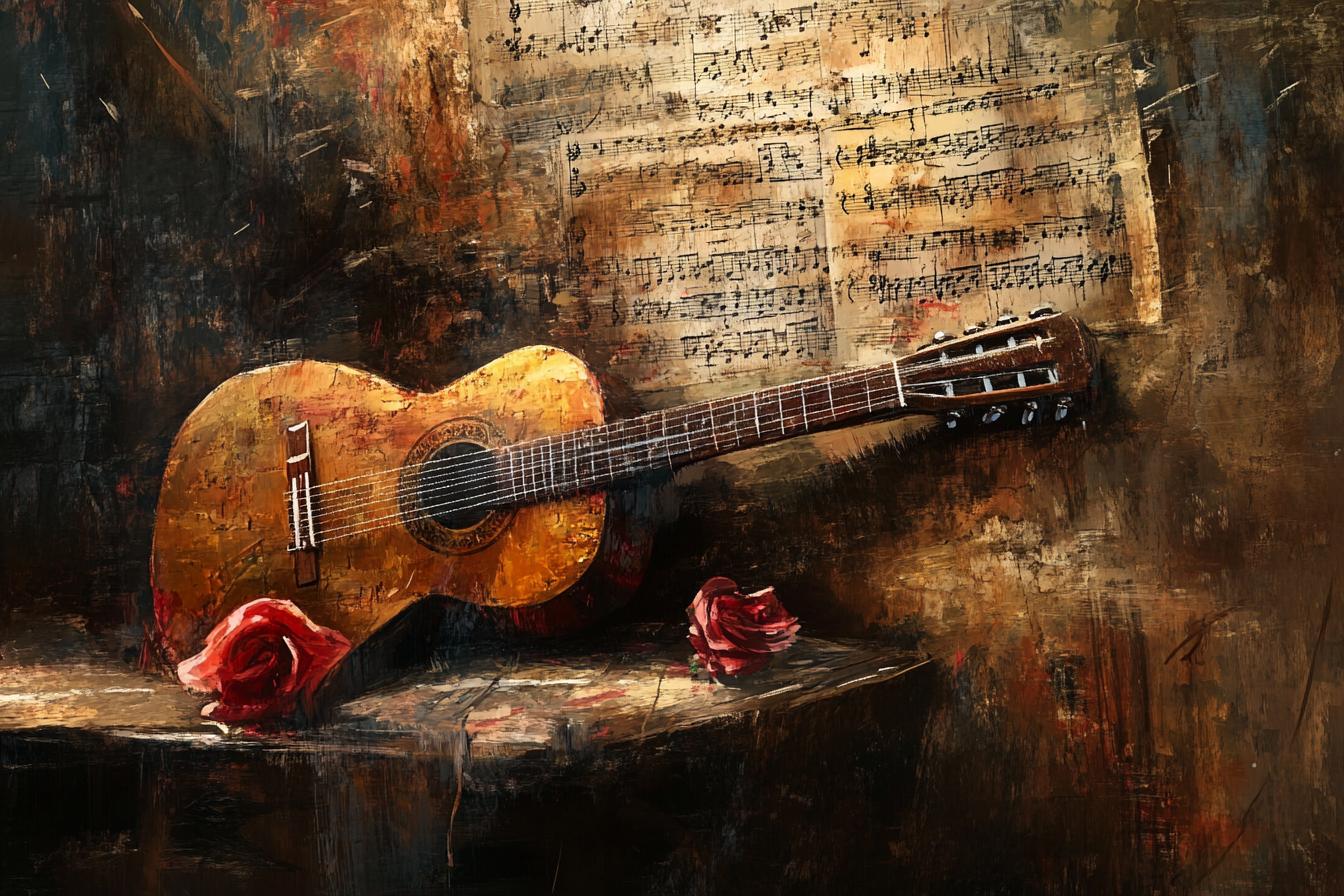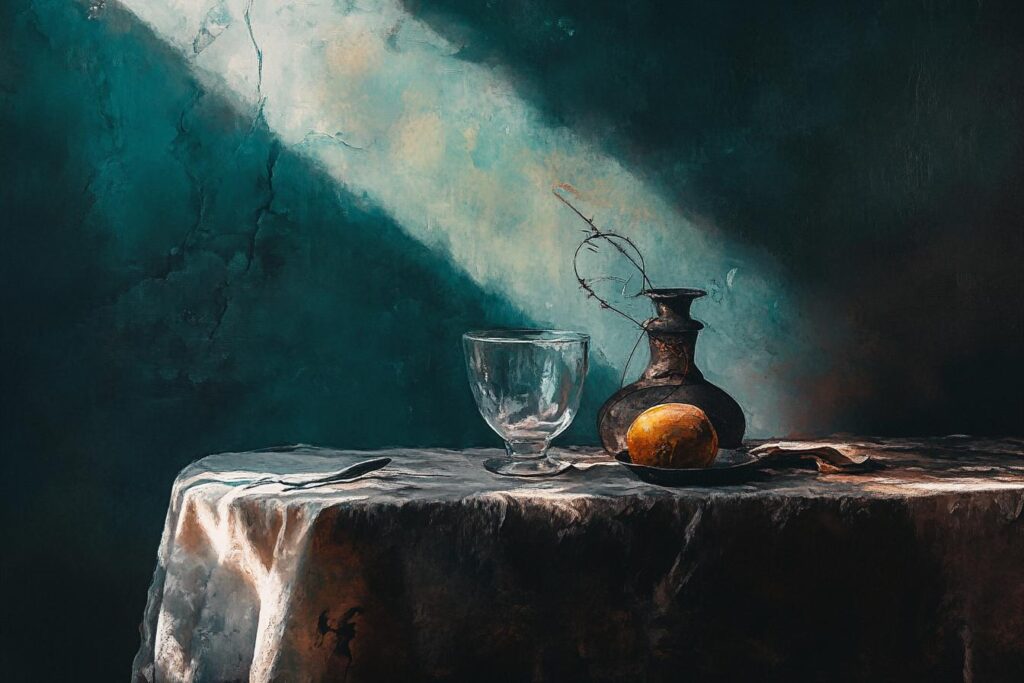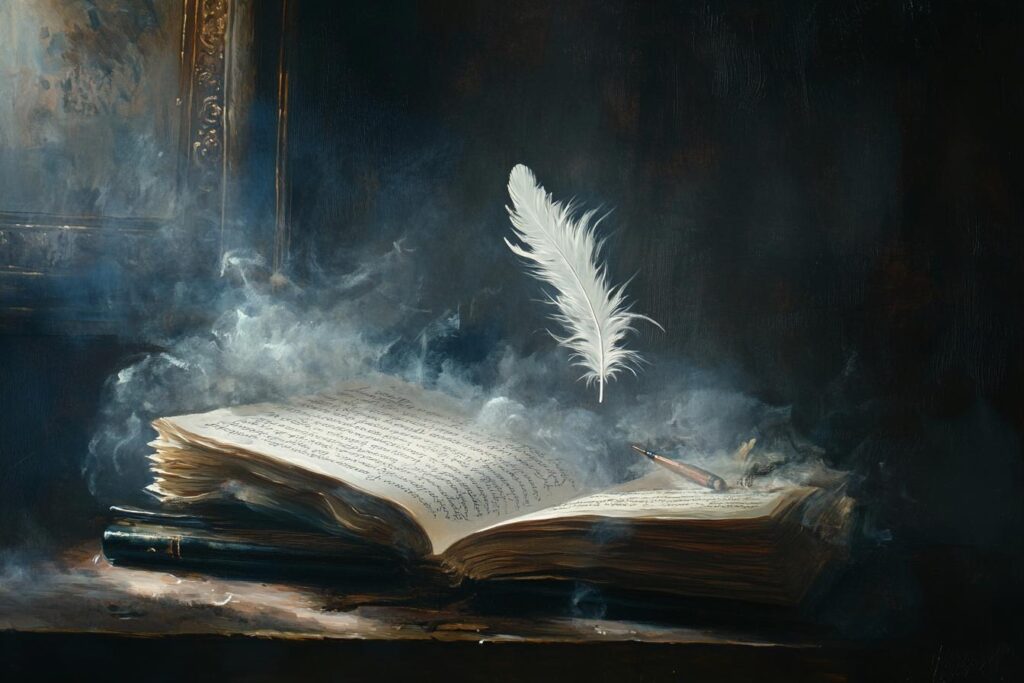Poetry and music, though distinct art forms, share a profound and enduring relationship. Both rely on rhythm, meter, and sound to create emotional impact and evoke imagery. Think of a poem like “The Raven” by Edgar Allan Poe, where the repetition of the word “Nevermore” mirrors the mournful tone of the poem, echoing the rhythm of a dirge. Music, in turn, employs melody, harmony, and rhythm to express emotions and tell stories. The interplay of these elements creates a tapestry of sound and meaning, resonating with the listener on a visceral level. This shared foundation explains why poetry has historically been set to music, with countless examples from ancient Greek epics to modern-day song lyrics.
Furthermore, both poetry and music possess a unique ability to transcend language barriers. While the specific words or notes may differ across cultures, the underlying emotions and themes remain universal. A poignant melody, like a mournful Irish lament, can elicit tears from listeners worldwide, regardless of their language or cultural background. Similarly, a powerful poem, such as Rumi’s “The Guest House,” speaks to the human experience of embracing all aspects of life, resonating with readers across time and space. This shared capacity for cross-cultural communication underscores the enduring power of both poetry and music to connect us on a deeply human level.

1. What Is the Relationship Between Poetry and Music
Poetry and music, two seemingly distinct art forms, share a deep and intricate connection. Both rely on rhythm and sound to create emotional impact and evoke imagery. Poetry uses words to build sonic landscapes, while music employs notes and melodies. The rhythmic patterns of poetry, like meter and rhyme, parallel the rhythmic structures of music, such as beats and bars. This shared emphasis on sound allows them to complement and enhance each other, creating a powerful synergy.
Moreover, both poetry and music often explore similar themes, such as love, loss, joy, and sorrow. They express emotions and ideas in a way that words alone cannot. When combined, they amplify their shared power, creating a more profound and resonant experience. The interplay between the lyrical quality of poetry and the evocative nature of music can transport listeners and readers to new emotional landscapes, leaving a lasting impact.
2. Poetry’s Rhythmic and Sonic Qualities
Poetry, like music, thrives on rhythm and sound. Poets carefully select words that create a pleasing cadence and flow. They manipulate the length and stress of syllables to construct patterns that engage the reader’s ear. This rhythmic structure, often achieved through techniques like meter and rhyme, provides a foundation for the poem’s musicality. In addition to rhythm, poets play with the sounds of words themselves. They choose words that create pleasing alliteration, assonance, and consonance, adding layers of sonic texture to the poem.
Beyond these technical elements, poetry also draws upon the evocative power of language. Words can evoke images, emotions, and even sensations through their sounds alone. For example, the repetition of the “s” sound in “softly, silently, sleep” creates a sense of quiet and stillness. This ability to create a sonic landscape that resonates with the reader is a key element in what makes poetry so powerful and enduring.
3. Music’s Ability to Evoke Emotion
Music possesses a remarkable power to stir emotions within us, creating a profound connection between sound and feeling. This ability arises from the intricate interplay of melody, rhythm, harmony, and timbre, which our brains interpret and translate into emotional responses. Whether it’s the uplifting surge of joy from a triumphant melody or the melancholic ache of a minor key, music can evoke a wide spectrum of emotions, from intense passion to quiet contemplation. This shared language of emotion transcends cultural boundaries, allowing music to connect people from diverse backgrounds and experiences.
Furthermore, music’s ability to evoke emotion stems from its capacity to tap into our memories and associations. Certain melodies or musical styles can trigger vivid recollections of past events or feelings, bringing back a rush of nostalgia or sorrow. Music also has the power to influence our physiological responses, affecting our heart rate, breathing, and even muscle tension. This intricate interplay of cognitive, emotional, and physiological responses makes music a potent force for evoking and shaping our emotional experiences.
4. Shared elements of form and structure
Poetry and music share a surprising number of structural similarities. Both art forms utilize rhythm, which is the pattern of sounds and silences. In poetry, rhythm is created through the arrangement of stressed and unstressed syllables, while in music, rhythm is created by the arrangement of notes and rests. Both art forms also employ meter, which is a regular pattern of stressed and unstressed syllables in poetry and a regular pattern of beats in music. This rhythmic and metrical structure helps create a sense of flow and movement in both art forms, making them enjoyable to experience.
Furthermore, both poetry and music often use rhyme and repetition. In poetry, rhymes create a sense of harmony and balance, and repetition emphasizes key ideas or emotions. Similarly, in music, rhymes are often used in lyrics, and repetition can be found in melodies, harmonies, and rhythms. These elements add another layer of structure and beauty to both art forms, making them captivating and memorable.
5. Influence on each others development
Poetry and music have a long and intertwined history, each influencing the development of the other. Music, with its rhythms and melodies, has inspired poets to craft verses that evoke specific moods and emotions. For example, poets like William Blake and Walt Whitman used musical devices like repetition and alliteration to create a sense of flow and rhythm in their work. Likewise, musicians have drawn inspiration from poetry, using its themes, imagery, and language to create their own unique musical compositions. Think of composers like Gustav Mahler, who incorporated elements of poetry into his symphonies, or Franz Schubert, who set poems to music in his Lieder cycle.
Furthermore, the development of new musical forms has often spurred innovation in poetry. The emergence of jazz, for instance, led to the development of free verse poetry, which abandoned traditional structures and embraced a more improvisational style. Similarly, the rise of hip-hop, with its focus on rhythmic speech and storytelling, has influenced poets to experiment with language and delivery. This dynamic exchange between poetry and music continues to this day, with each art form enriching the other and pushing creative boundaries.
6. Synergy in performance and expression
Poetry and music often enhance each other in performance and expression. When a poet recites a poem, the rhythm and cadence of the words naturally create a musicality, inviting the listener to experience the emotions and imagery conveyed. Similarly, musicians often incorporate poetic elements into their compositions, using lyrics that evoke vivid pictures and powerful feelings. This interplay between poetry and music creates a powerful synergy, where each art form amplifies and deepens the other. The combination of words and music can bring about a more profound and multi-layered experience for the audience.
This synergy extends beyond the performance context. In music, the structure of a song often resembles a poetic form, with verses, choruses, and bridges mirroring the stanzas, refrains, and transitions in poetry. Additionally, both poetry and music rely on figurative language, metaphor, and imagery to create meaning and evoke emotions. This shared language and structure allow poets and musicians to draw inspiration from each other, blurring the lines between these two art forms and fostering a deeper understanding of the creative process.
Conclusions
So, you see, poetry and music are like two peas in a pod! They share a deep connection that goes beyond just sounding nice. Poetry’s got this rhythm and sound thing going on, which music totally gets. And music, well, it’s a master at making us feel things, just like a good poem can. They both have these structures and patterns, like a song’s verses and choruses or a poem’s stanzas and rhymes. Plus, they’ve been influencing each other for ages, with poets borrowing from music and musicians finding inspiration in poetry. And when they come together, like in a song with lyrics or a poet reading their work with musical accompaniment, it’s a real power move! They make each other even stronger and more expressive. It’s like the ultimate team-up, making art that’s both beautiful and meaningful.

